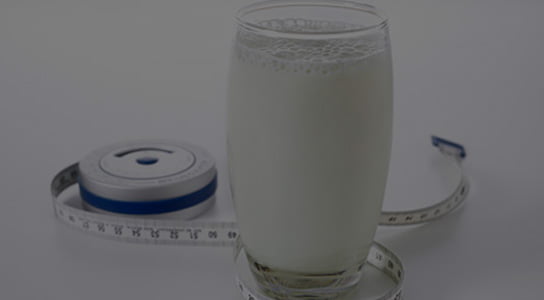

Australian drought affects agriculture and dairy industry
With the ongoing severe drought in Australia, its agriculture continues to suffer. Based on the recent forecast of the Australian Bureau of Agriculture and Resource Economics and Sciences (ABARES), farm production drops by 3% to A$59 billion this 2019-2020 season. Additionally, earnings from exports will also decrease by 4.5% with the decline in beef, wool, lamb, and cotton. Due to this phenomenon, Australia-owned grain giant, Manildra Group was forced to import high protein wheat from Canada until the end of the year. The imported wheat will also be processed into gluten and starches that are needed for food and industrial manufacturing.

ABARES assures that despite the forecast of a drier and warmer than average winter by the Bureau of Meteorology, the reports for spring could increase the country’s grain production.
Because of the fall in the supplies of grain, livestock and cattle industry are gravely affected as well. Exports value for livestock is to drop by 11% while the cattle herd faces an all-time low since the 1990s with a headcount of 25 million. Aside from imports on grain, as fodder costs reached extreme heights, farmers were compelled to import processed stockfeed while producers protract offloading of cattle. For two consecutive months, female cattle kills have reached 58%. Furthermore, breeding stock is being sold for premature slaughters. A similar occurrence is happening with the lamb industry.
Meanwhile, in the southern Murray-Darling Basin, the price of irrigation water has escalated over the past season. For the farmers of cotton and rice, the increase in price means that their interest in growing crops will be low, leaving immense areas of the NSW Riverina with no plants to grow.
ABARES reported that between the 2017-18 and 2018-19 season that Australia’s cotton production decreased by fifty percent (50%), and that in the upcoming 2019-20 season a forty percent (40%) drop would also occur.
Dairy farmers are also caught in the dry spell, with high water prices and a decreasing margin between cost and profit, for dairy farmers this situation has already hit the fan.
Even at a low culling price dairy cow population is still dropping for the past three years and an eight percent (8%) decrease in milk production was also reported by ABARES, for 2018-19.
ABARES also expect that the average farm gate milk price will increase by 47.6 cents per litre helped by the falling Australian dollar.
Despite the misfortunes caused by the drought, confidence is still growing based on a survey by agri-lender Rabobank. They still believe that late rains will be able to at least decrease the impact brought by the tremendous drought.
Published in News
More in this category: << Understanding Food Labels for a Healthy DietSaputo takes over Murray Goulburn >>
News - List

Australian food products receive a new look with country-of-origin label

How to shop your groceries like a pro

More support provided to farmers of South-West Victoria

Saputo takes over Murray Goulburn

Australian drought affects agriculture and dairy industry

Understanding Food Labels for a Healthy Diet

Australian Fine Foods CAC HACCPVER:2003 - CODEX HACCP and GMP & ISO 9001:2015

Taste the Australian Food Show - Australian Ambassador to Taiwan ...

New market engagement program trialled in key Southeast Asian markets

Second Taste Australia event showcases premium Australian produce

Australian dairy processors continue to plan for the long term

Dairy Australia promoting dairy on the international stage

Dairy analysts watching European weather closely

Dairy Foods, Sport & Fitness

Dairy Nutrients

Dairy and your Health

Dairy and Healthy Weight

Dairy part of a balance diet

South East Asian Scholarship Program, 2019

2018 Milk Quality Awards

Fonterra makes $165m investment in Australia

Strengthening ties with key markets

The cream of the crop crowned at the Australian Grand Dairy Awards

Dairy Australia activities 2017

Market commentary November 2017

Situation and Outlook June 2017




Dairy Situation and Outlook October 2016




The Dining Boom



